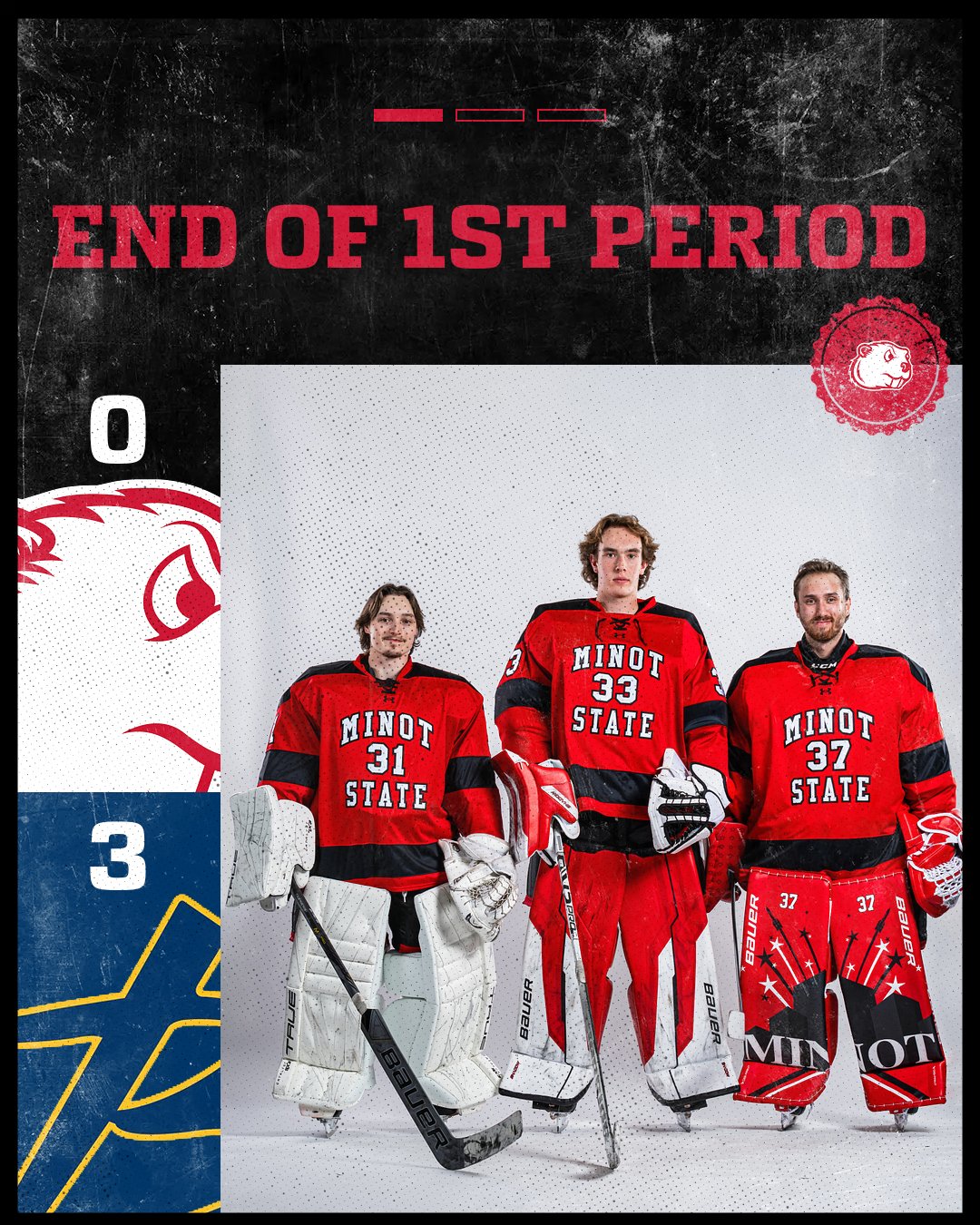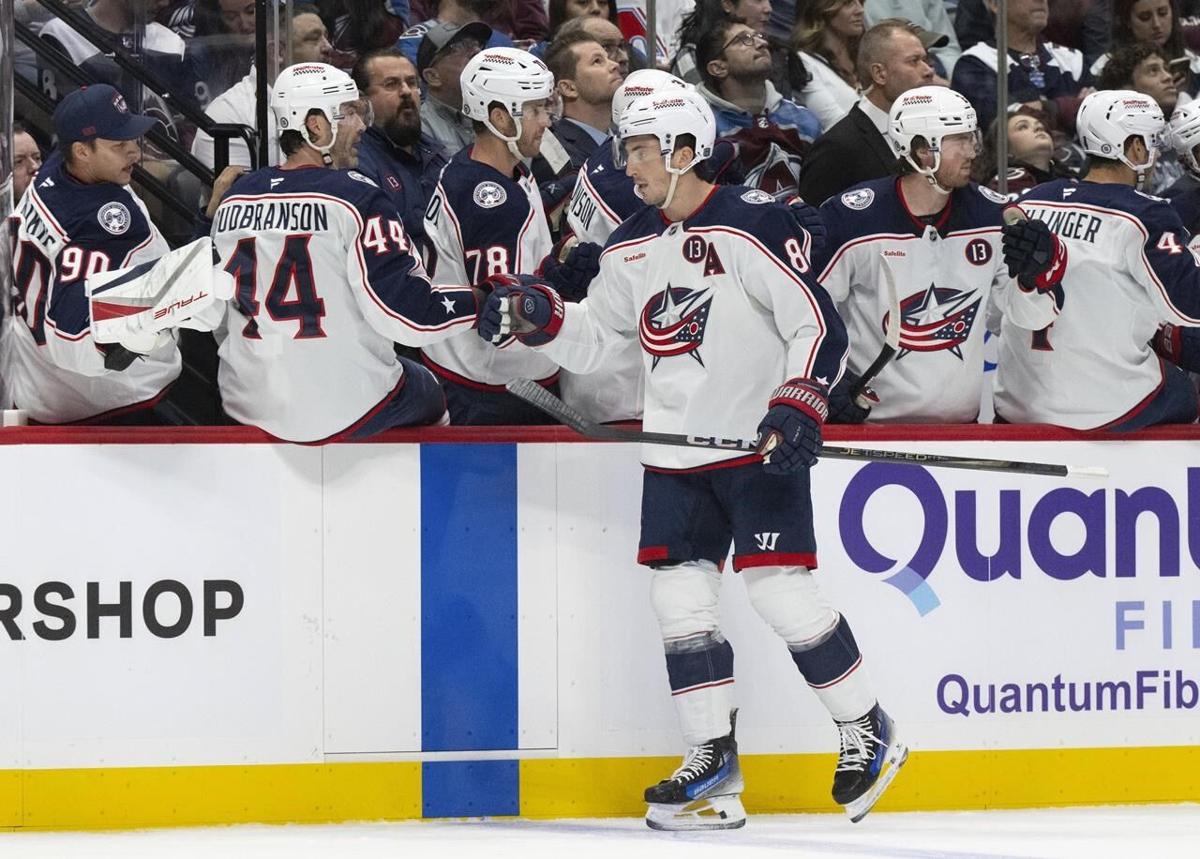Hockey has three periods to ensure fair play and maintain excitement. This structure helps keep the game intense and engaging for both players and fans.
The idea behind having three periods in hockey is both strategic and practical. Splitting the game into three sections allows for better ice maintenance, ensuring safer and smoother play. It also provides players with regular breaks, which helps them perform at their best throughout the game.
This period structure has been a staple in hockey for many years, contributing to the sport’s unique pace and rhythm. In this blog post, we’ll explore the reasons behind this format, its benefits, and how it impacts the overall experience of the game. Understanding this can give you a deeper appreciation of the sport and its traditions.
History Of Hockey Periods
Hockey is a thrilling sport with a unique structure. One standout feature is its three-period system. This structure has a rich history. It has evolved significantly over time. Let’s explore this history in detail.
Origins Of The Three-period System
In the early days, hockey games had two halves. Each half was 30 minutes long. Players found this format tiring. The ice also became rough and uneven. To solve these issues, organizers split the game into three periods. Each period lasts 20 minutes. This allowed the ice to be resurfaced twice during the game. It also gave players more rest.
Evolution Of Game Structure
The three-period system improved the game. It made the play faster and more exciting. The breaks between periods allowed for more strategy. Coaches could adjust tactics and players could recover. Over time, the three-period format became standard. It is now a key part of hockey’s identity.
Today, this structure remains unchanged. It continues to shape how hockey is played. The three periods keep the game dynamic and engaging. Fans enjoy the fast-paced action and strategic depth.

Credit: www.knightsonice.com
Impact On Gameplay
Hockey is unique in its structure, with three distinct periods. This format significantly impacts the gameplay. The division into three periods affects the pace, strategy, and player endurance. Let’s dive deeper into these aspects.
Pacing And Strategy
Three periods allow for a balanced game pace. Teams can adjust their strategies during intermissions. Coaches use these breaks to analyze the game and make adjustments. This keeps the gameplay dynamic and unpredictable. Each period offers a fresh start, making the game more exciting.
Player Endurance
Hockey is a physically demanding sport. The three-period structure helps manage player fatigue. Shorter periods mean players can give their best performance. They can rest and recover during intermissions. This ensures high energy levels throughout the game. It reduces the risk of injuries from overexertion.
Comparison With Other Sports
Hockey stands out with its three-period structure. This format is unique compared to other sports. Let’s explore how it differs from other popular sports.
Two-half Formats
Many sports use a two-half format. Soccer, for example, has two 45-minute halves. This structure ensures a continuous flow, with a single halftime break. Rugby also follows this format with two 40-minute halves. This format allows for strategic adjustments at halftime.
In hockey, the three-period format breaks the game into smaller segments. This change in structure creates more opportunities for strategy shifts. Players get two breaks to rest and recover. Coaches can adjust tactics twice during the game. This unique format keeps the game dynamic and exciting.
Quarters In Basketball
Basketball divides the game into four quarters. Each quarter lasts 12 minutes in the NBA. This allows for shorter bursts of play and frequent breaks. Coaches use these breaks to plan and adjust strategies.
The quarter system keeps the game fast-paced and engaging. Hockey’s three-period format provides fewer breaks but longer periods of continuous play. This format tests players’ endurance and stamina. It also challenges coaches to manage their teams’ energy levels effectively.
Both sports have their unique structures that shape the gameplay. The differences in formats create distinct experiences for fans and players alike.

Credit: twitter.com
Role Of Intermissions
The intermissions in hockey are crucial for several reasons. They break the game into three periods. This structure provides many benefits for players and fans alike. Let’s explore the role of intermissions in detail.
Rest And Recovery
Hockey is a fast-paced and intense sport. Players need time to rest and recover. The intermissions provide essential downtime for players to regain their energy.
During these breaks, players hydrate and receive quick medical checks. Coaches also use this time to adjust strategies. The short breaks between periods help maintain the high energy of the game.
| Rest | Recovery |
|---|---|
| Hydration | Medical Checks |
| Energy Boost | Strategy Adjustment |
| Muscle Relaxation | Injury Prevention |
Fan Experience
Intermissions also enhance the fan experience. They offer a break for fans to relax and enjoy other activities. Fans can grab food, use restrooms, and socialize. This break keeps the audience engaged and refreshed.
During intermissions, arenas often host mini-events or entertainment. This adds excitement and keeps fans entertained. It makes the game more enjoyable for everyone.
- Grabbing Snacks
- Using Restrooms
- Socializing
- Watching Mini-Events
These activities ensure that fans have a memorable experience. They eagerly return for the next period, creating a lively atmosphere.
Modern Adaptations
The game of hockey has changed over the years. Modern adaptations have influenced how the game is played. These changes keep the sport exciting and fair for all players.
Changes In Rules
Hockey rules have evolved to improve player safety. For example, helmets are now mandatory. They protect players from head injuries. The rules also focus on fair play. Penalties for rough play are stricter. This ensures a safer environment for everyone.
Influence Of Technology
Technology has a significant impact on hockey. Instant replays help referees make accurate calls. This reduces errors and maintains fairness. Players also use advanced gear. Skates and sticks are lighter and stronger. This improves their performance on the ice.
Training methods are more advanced too. Video analysis helps players improve their skills. Coaches can study every move and give better feedback. This leads to better gameplay and more exciting matches.

Credit: www.thestar.com
Frequently Asked Questions
Why Does Hockey Have 3 Periods?
Hockey has three periods to allow players to rest and strategize between breaks.
How Long Is Each Period In Hockey?
Each period in hockey lasts 20 minutes of play time.
What Happens Between Hockey Periods?
Players rest, coaches give instructions, and teams strategize during breaks between periods.
Why Not Have Halves Like Other Sports?
Three periods allow better pacing and more frequent breaks for players.
Does Overtime Have Three Periods Too?
No, overtime in regular games is usually one shorter period or a shootout.
How Does The Three-period Format Affect Gameplay?
It keeps the game fast-paced and allows teams to adjust strategies more often.
Are Hockey Periods The Same In All Leagues?
Most leagues use three 20-minute periods, but some variations exist, especially in youth leagues.
What Is The History Behind Hockey Periods?
Early hockey games had two halves, but three periods became standard for better player endurance.
Do Players Leave The Ice Between Periods?
Yes, players typically go to the locker room to rest and receive coaching instructions.
Conclusion
Hockey’s three periods offer structure and excitement. They allow for strategic play. Players get rest, which maintains high energy levels. Fans enjoy the breaks for analysis and refreshment. The format balances intensity and endurance. It keeps the game engaging and fair.
This tradition has stood the test of time. It’s a key element of hockey’s unique appeal. Understanding this helps appreciate the sport more. So next time you watch, you’ll know why three periods matter. Enjoy the game!



